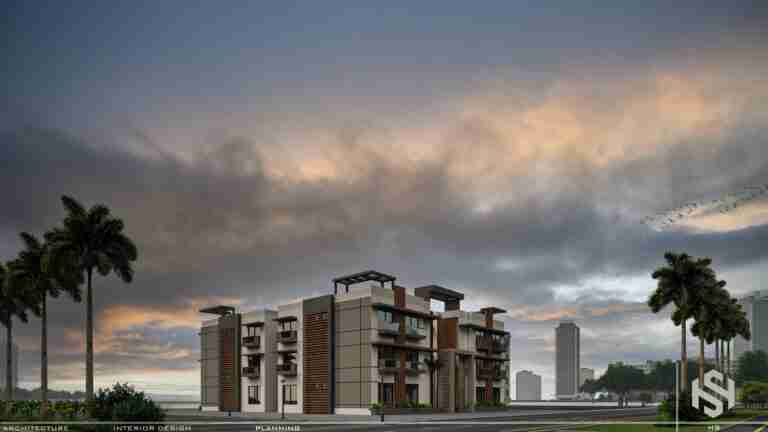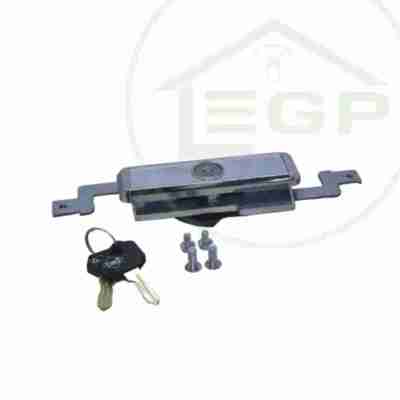Design Intent Architecture: Mastering Complex Architecture Design
Introduction
In the world of modern construction and aesthetics, design intent architecture plays a pivotal role in shaping visionary structures. Whether it's complex architecture design or seamless architectural and interior design services, the core philosophy revolves around precision, innovation, and functionality. Architects today must balance creativity with technical expertise to deliver spaces that are not only visually stunning but also structurally sound. This blog explores the essence of design intent architecture, the challenges of complex architecture design, and how top-tier architectural and interior design services bring these concepts to life.
Understanding Design Intent Architecture
1. What is Design Intent in Architecture?
Design intent architecture refers to the foundational vision that guides the entire construction process. It ensures that every element—from structural frameworks to aesthetic details—aligns with the architect's original concept. This approach minimizes errors during execution and maintains consistency across all project phases.
2. The Role of Technology in Design Intent
Advanced tools like BIM (Building Information Modeling) and 3D visualization help architects translate their design intent into tangible models. These technologies allow for real-time adjustments, ensuring that complex architecture design remains feasible and efficient.
Challenges in Complex Architecture Design
1. Balancing Aesthetics and Functionality
Complex architecture design often involves intricate geometries and unconventional forms. Architects must ensure that these designs are not only visually striking but also practical, adhering to safety standards and usability requirements.
2. Material Selection and Structural Integrity
Choosing the right materials is crucial in complex architecture design. High-performance materials like carbon fiber and advanced composites enable architects to push boundaries while maintaining durability.
3. Coordination Among Multiple Disciplines
Large-scale projects require seamless collaboration between architects, engineers, and contractors. Effective architectural and interior design services integrate these disciplines to avoid conflicts and delays.
How Architectural and Interior Design Services Enhance Design Intent
1. Seamless Integration of Spaces
Top-tier architectural and interior design services ensure that both exterior and interior spaces complement each other. This harmony enhances user experience and reinforces the design intent.
2. Customization and Personalization
From residential projects to commercial hubs, tailored design solutions reflect the client's vision while adhering to architectural best practices.
3. Sustainability in Modern Architecture
Eco-friendly designs are now a cornerstone of design intent architecture. Energy-efficient layouts, green materials, and smart technologies contribute to sustainable complex architecture design.
Conclusion
Mastering design intent architecture requires a deep understanding of both creativity and engineering. Whether tackling complex architecture design or delivering exceptional architectural and interior design services, the key lies in meticulous planning, innovative thinking, and collaborative execution. By embracing advanced technologies and sustainable practices, architects can transform visionary concepts into reality, crafting spaces that inspire and endure.
By focusing on these principles, HS ARCHS ensures that every project reflects precision, innovation, and timeless design. Explore our architectural and interior design services to bring your architectural dreams to life.
https://hsarchs.com
https://hsarchs.com






